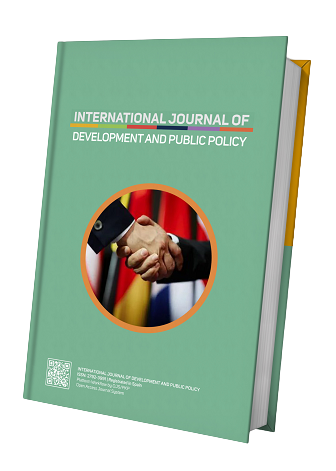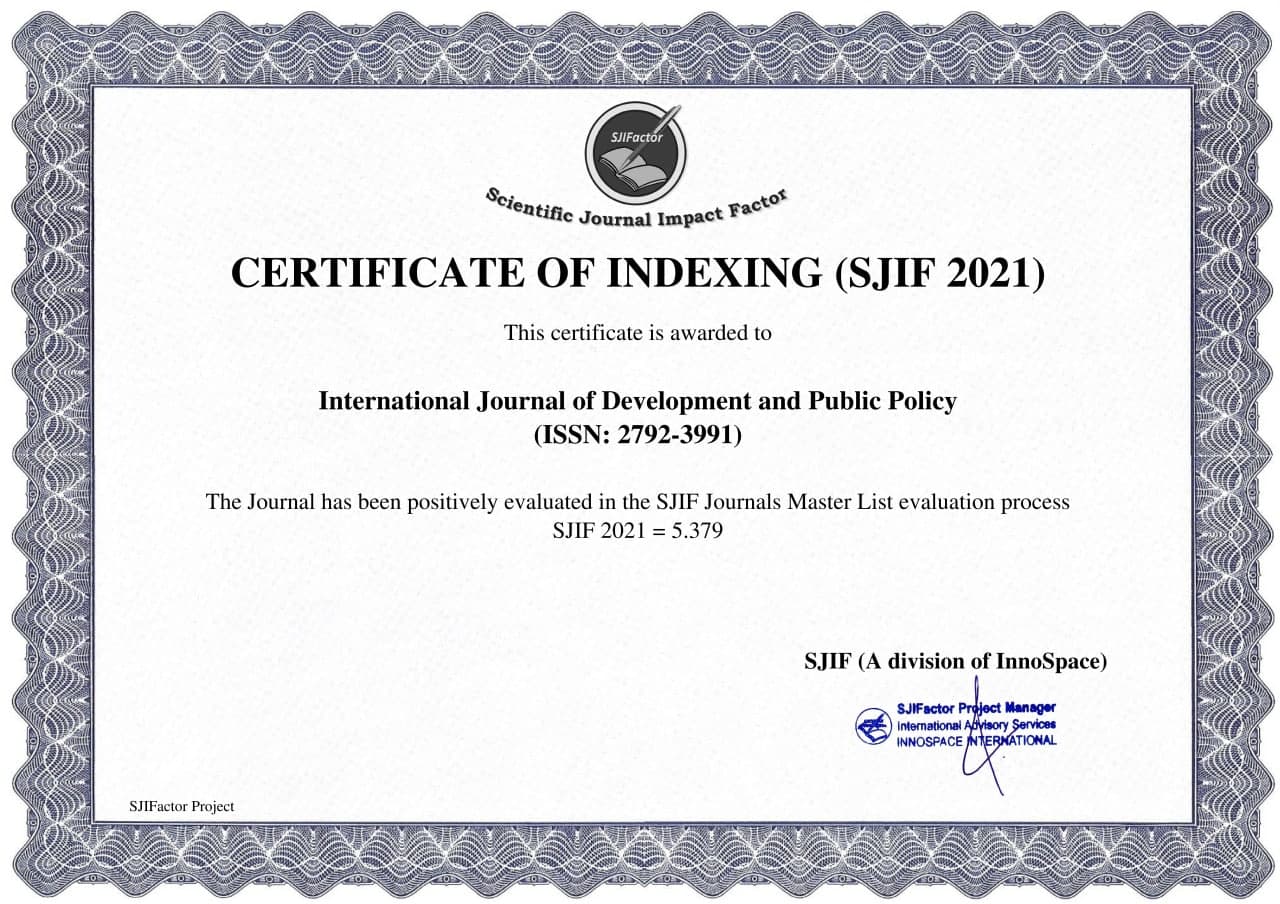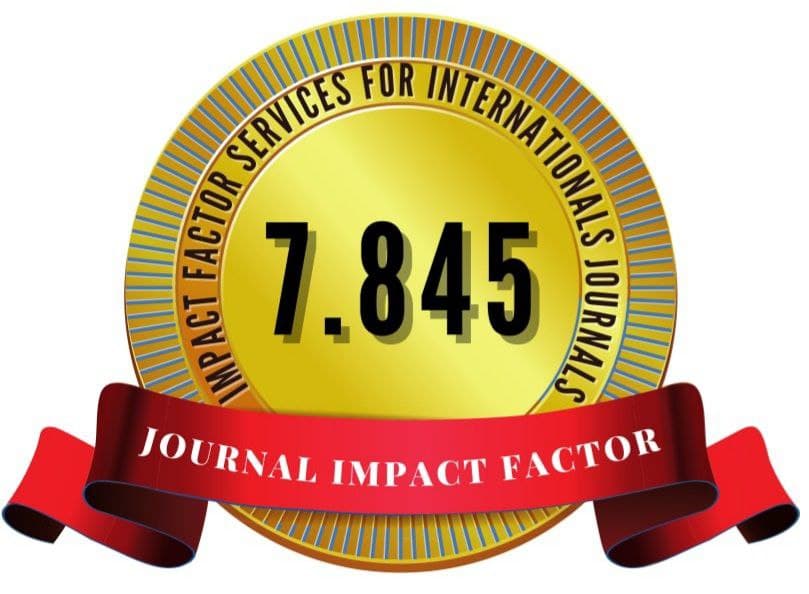Peculiarities of Dirichlet Character
Keywords:
geometrical content, integral logic problems, mathematical analysis, pigeonhole principleAbstract
Historians commonly take the “modern” age of mathematics to have begun in the nineteenth century. But although there is consensus that the events of that century had a transformational effect on mathematical thought, it is not easy to sum up exactly what changed, and why. Aspects of the transformation include an increasingly abstract view of mathematical objects; the rise of algebraic methods; the unification of disparate branches of the subject; evolving standards of rigor in argumentation; a newfound boldness in dealing with the infinite; emphasis on “conceptual” understanding, and a concomitant deemphasis of calculation; the use of (informal) set-theoretic language and methods; and concerns to identify a foundational basis to support the new developments.1 It is still an important historical and philosophical task to better understand these components, and the complex interactions between them.






